TVS Apache RTR 160 4V: 5 things to know
At first glance, the new TVS Apache RTR 160 4V may look identical to its elder sibling – the RTR 200 4V but there is more to it than meet the eye. We recently got our hands on the motorcycle at the TVS test track in Hosur and we came back impressed.
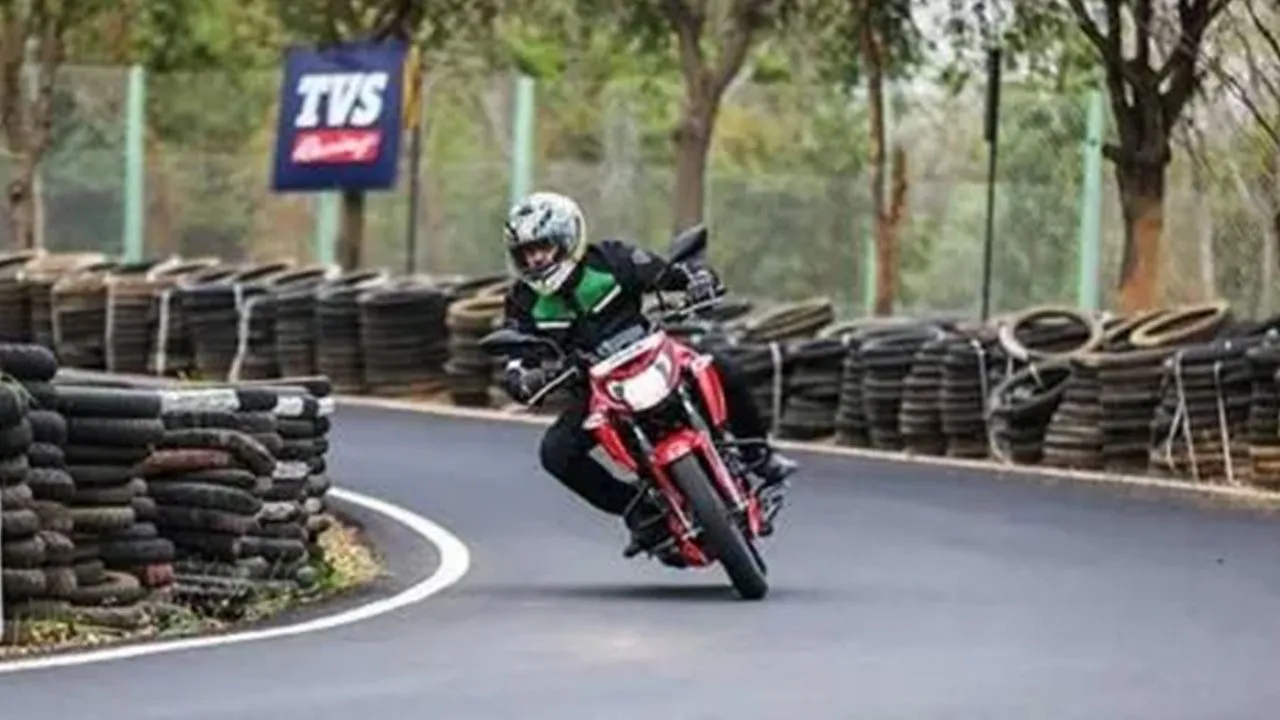
After a long drought period, TVS has finally brought in the new Apache RTR 160. Here are some things you need to know about the motorcycle
At first glance, the new TVS Apache RTR 160 4V may look identical to its elder sibling – the TVS Apache RTR 200 4V but there is more to it than meet the eye. We recently got our hands on the motorcycle at the TVS test track in Hosur and we came back impressed. Here are some things that you need to know about the Apache RTR 160.
Engine: The 159.cc single-cylinder motor isn’t an all-new unit – in fact, it has been derived from the same engine that worked force on the previous-generation model. That being said, the Hosur-based company has clearly put in a lot of effort in making the engine more refined. In comparison to the outgoing model, the new Apache RTR 160 feels a lot more refined even higher in the rev range. Meanwhile, for better combustion of fuel, TVS has also fitted the RTR 160 with a 4-valve head. This has also helped in pulling out better peak power from the engine. TVS has brought in the Apache RTR 160 in the carburetted as well as the fuel injected trim. In the carb form, the RTR 160 makes peak power of 16.3bhp while the FI churns out 16.6bhp. Both versions make max torque of 14.8Nm.
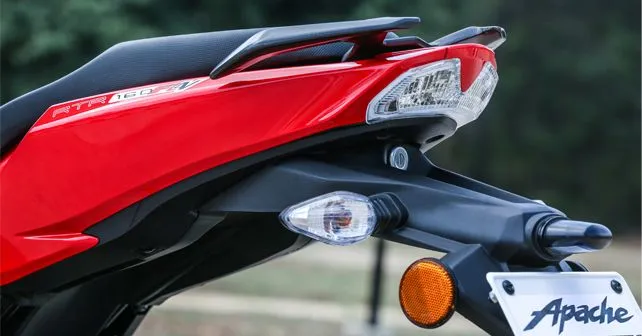
Platform: The new TVS Apache RTR 160 is based on the same chassis as its elder sibling – the sub-frame, however, is different. Apart from the obvious cost advantage for TVS, it has also aided the handling dynamics of the RTR 160. The bike changes direction with ease and feels a lot nimbler than before. Of course, due credit must also be given to the suspension setup. While the front has been fitted with standard telescopic forks, the rear gets a preload adjustable monoshock. Based on your weight and riding style, you can choose from one of the seven levels of preload.
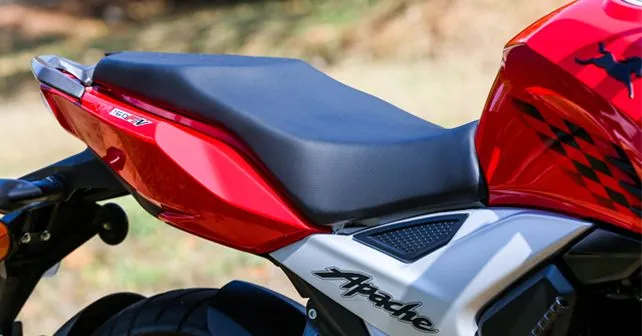
Design: For the most part, the Apache RTR 160 4V looks identical to its elder sibling, but there are some changes that can be easily spotted. While the 200 has been fitted with a clip-on handlebar in line with its sporty nature, the 160 gets the conventional raised handlebar by virtue of it being a commuter. In place of the split seat on the RTR 200, this one has been fitted with a single piece unit for enhanced comfort of the pillion rider. The tail panels have been remoulded too. TVS has fitted the RTR 160 with standard 6-spoke alloy wheels.

Variants: With the launch of the RTR 200, TVS has got into the habit of offering multiple variants for their products. The RTR 160 follows the lead of its elder sibling. Like I mentioned before, the RTR 160 4V has been launched in the carburetted form as well as in the fuel injected trim. The carburetted version comes with two options – without and with the option of a rear disc brake. Other changes between and carb variants include – a less powerful headlight bulb and a narrow 110/80 section tyre for the drum brake variant.
Competition: The premium commuter segment has some very capable competitors that the TVS Apache RTR 160 would need to watch out for. Leading the charge from the front are the Honda CB Hornet 160R and the Suzuki Gixxer. There is also the Bajaj Pulsar NS160 and the Yamaha FZ-S in the mix of things. Interestingly, apart from the TVS, the Yamaha is the only other manufacturer to offer fuel injection in this class.
|
TVS Apache RTR 160 4V |
Honda CB Hornet 160R |
Suzuki Gixxer |
Yamaha FZ-S v2.0 (FI) |
Bajaj Pulsar NS 160 |
|
Rs 81, 490 (Drum) Rs 84, 490 (Disc & Carb) Rs 89,990 (Disc & FI) |
Rs 82,359 (Drum) Rs 86,823 (Disc & CBS) |
Rs 77,015 (Drum) Rs 80,929 (Disc) |
Rs 83,042 (Drum) Rs 86,042 (Disc) |
Rs 81,626 (Drum) |
|
All prices ex-showroom Delhi. | ||||
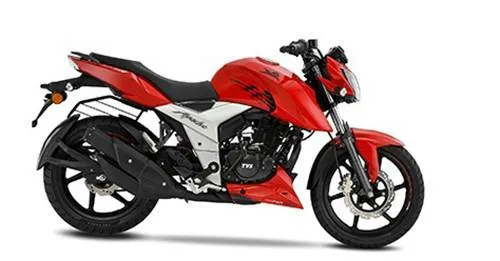
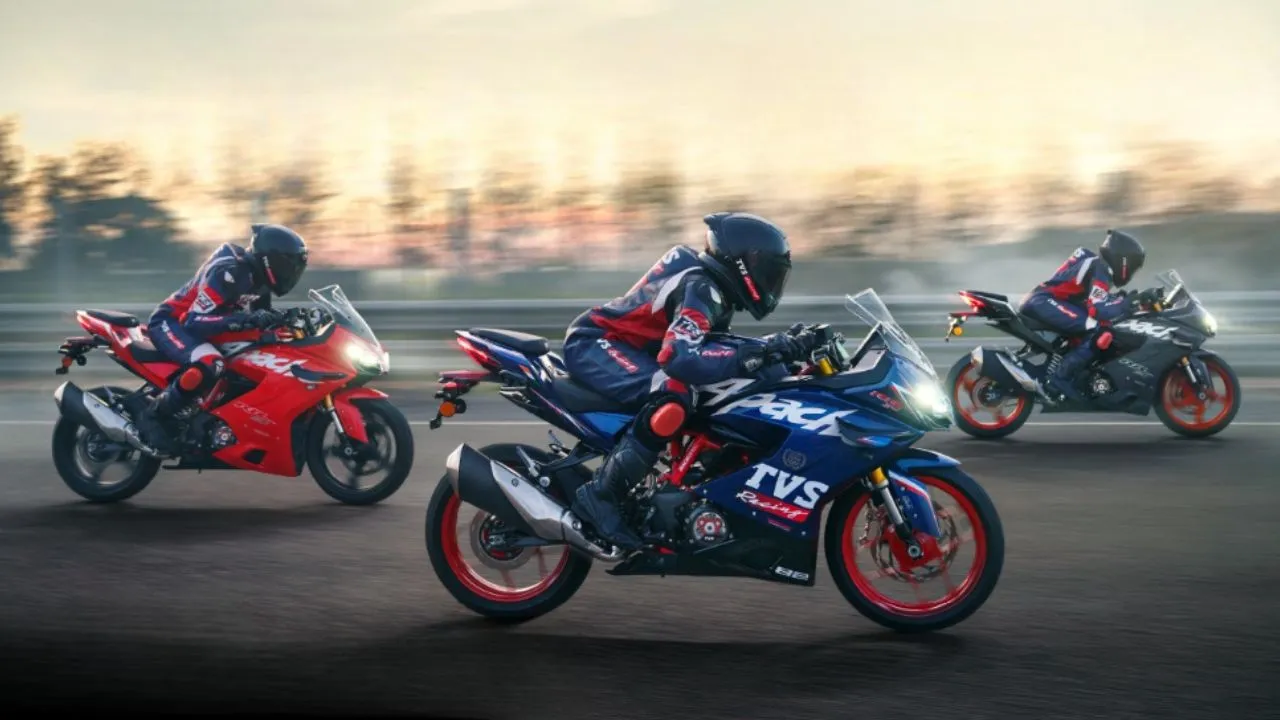

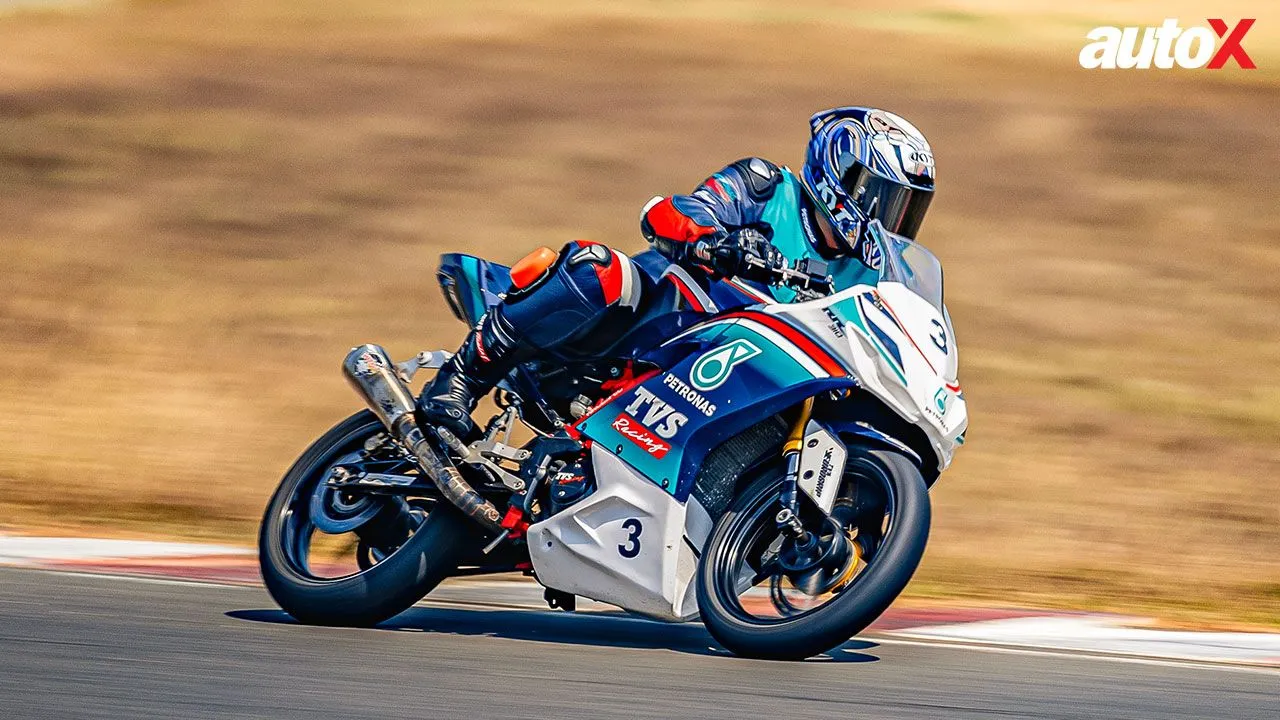
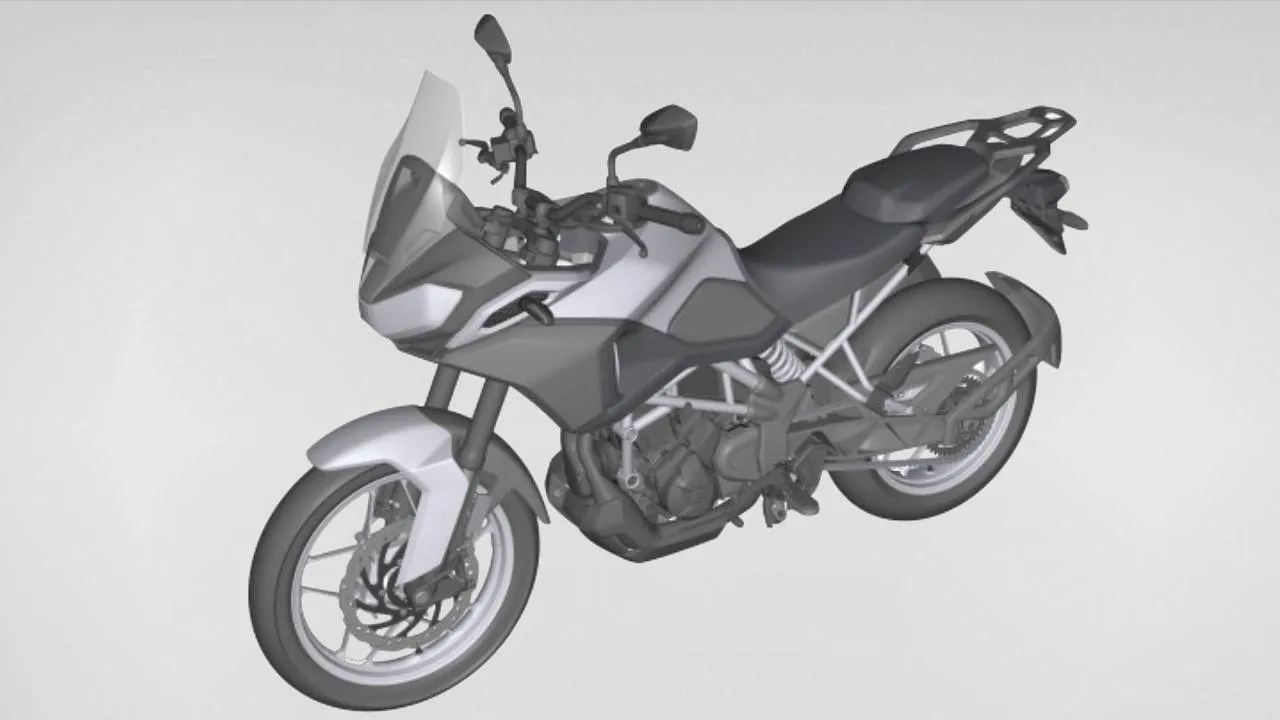
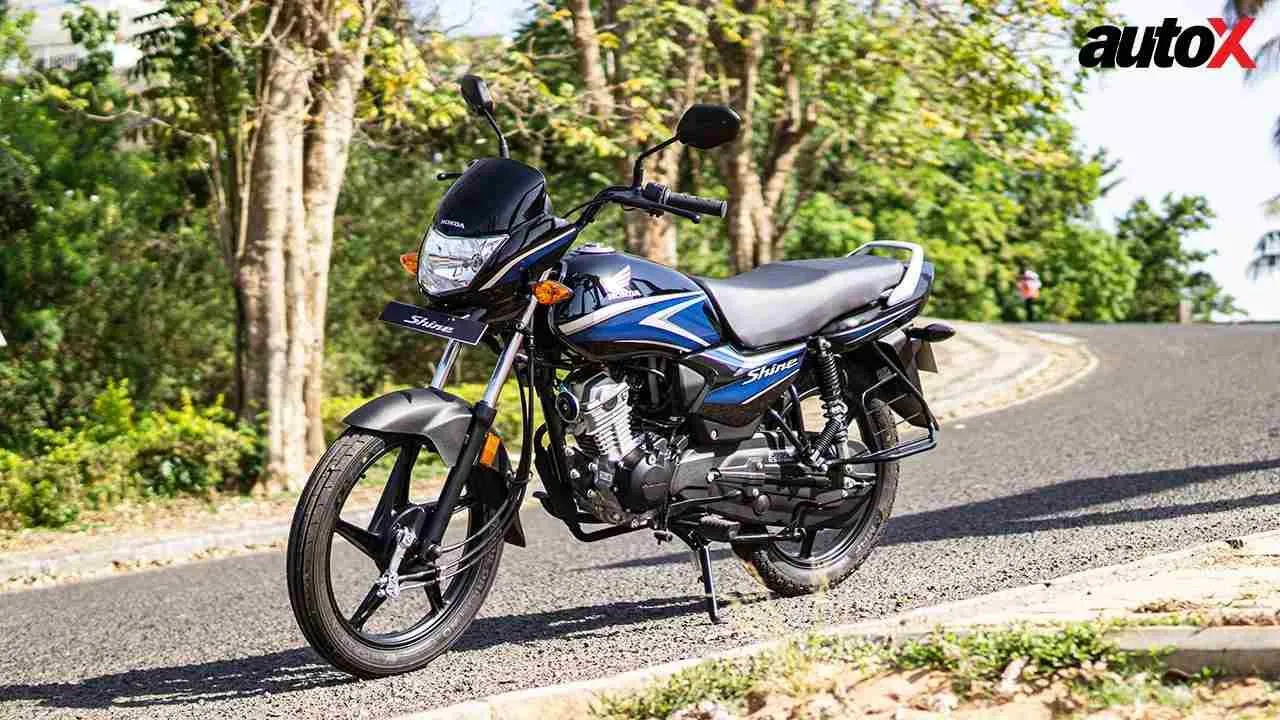
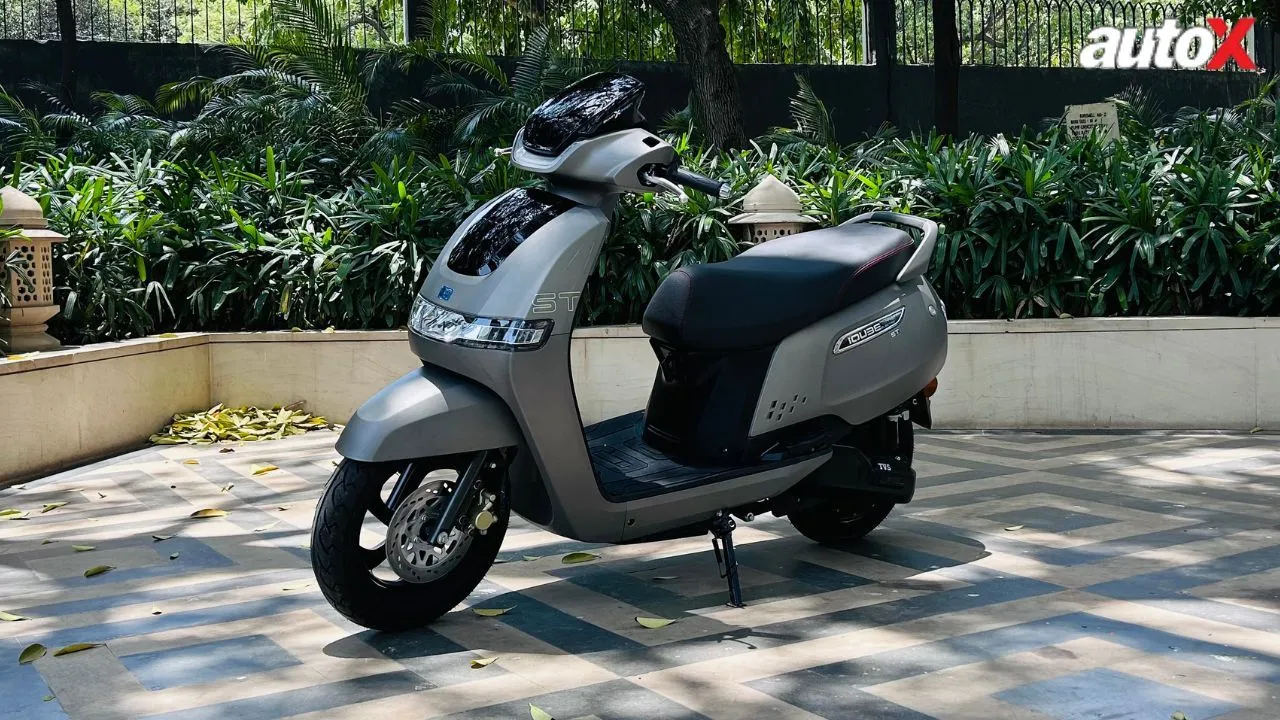
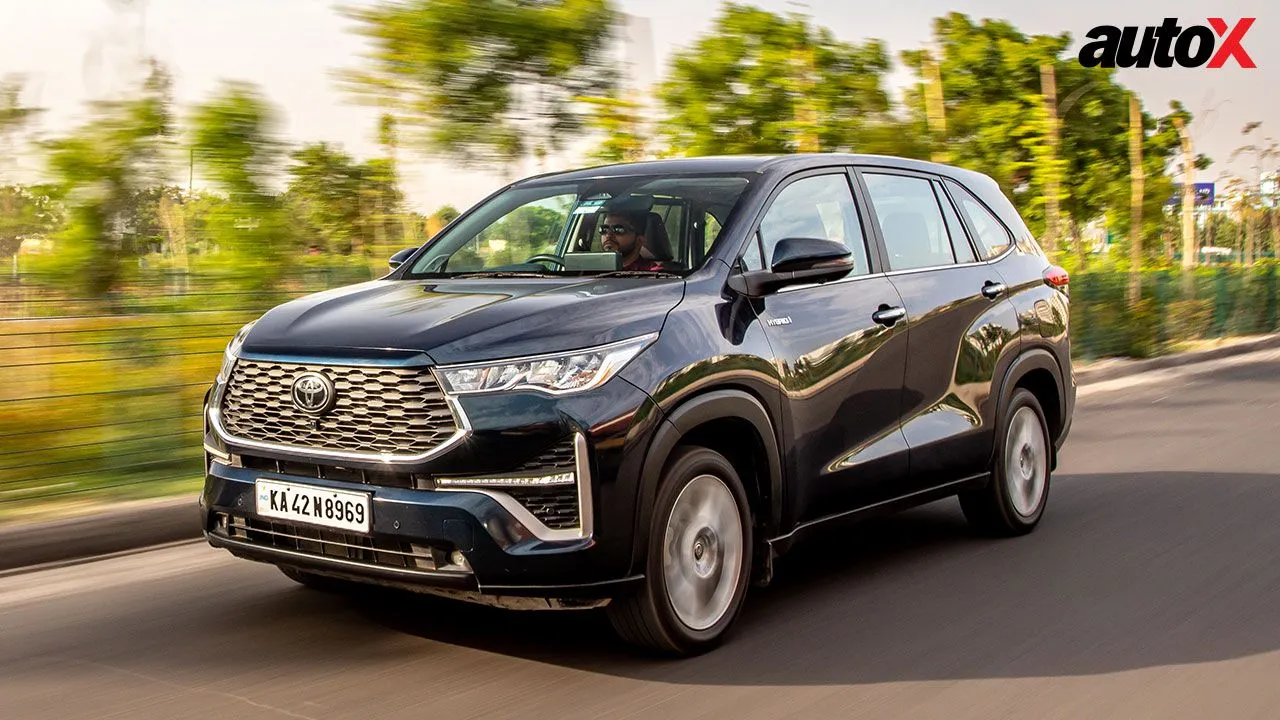
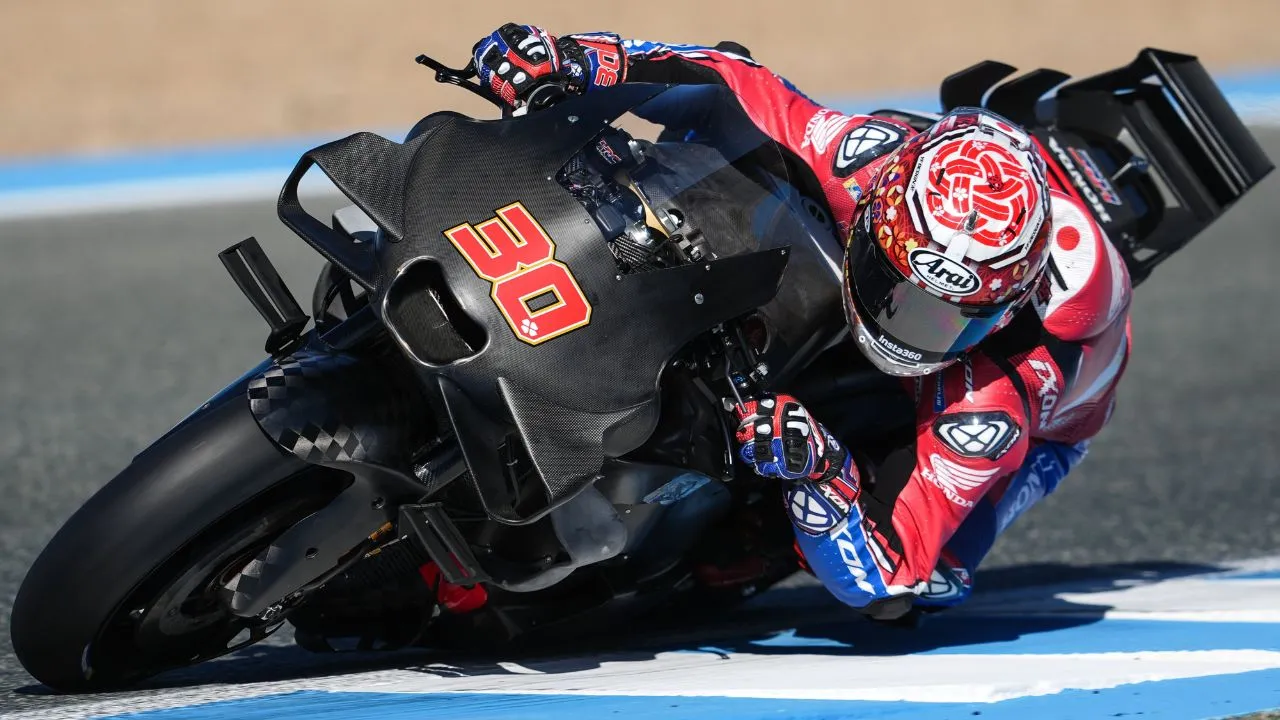


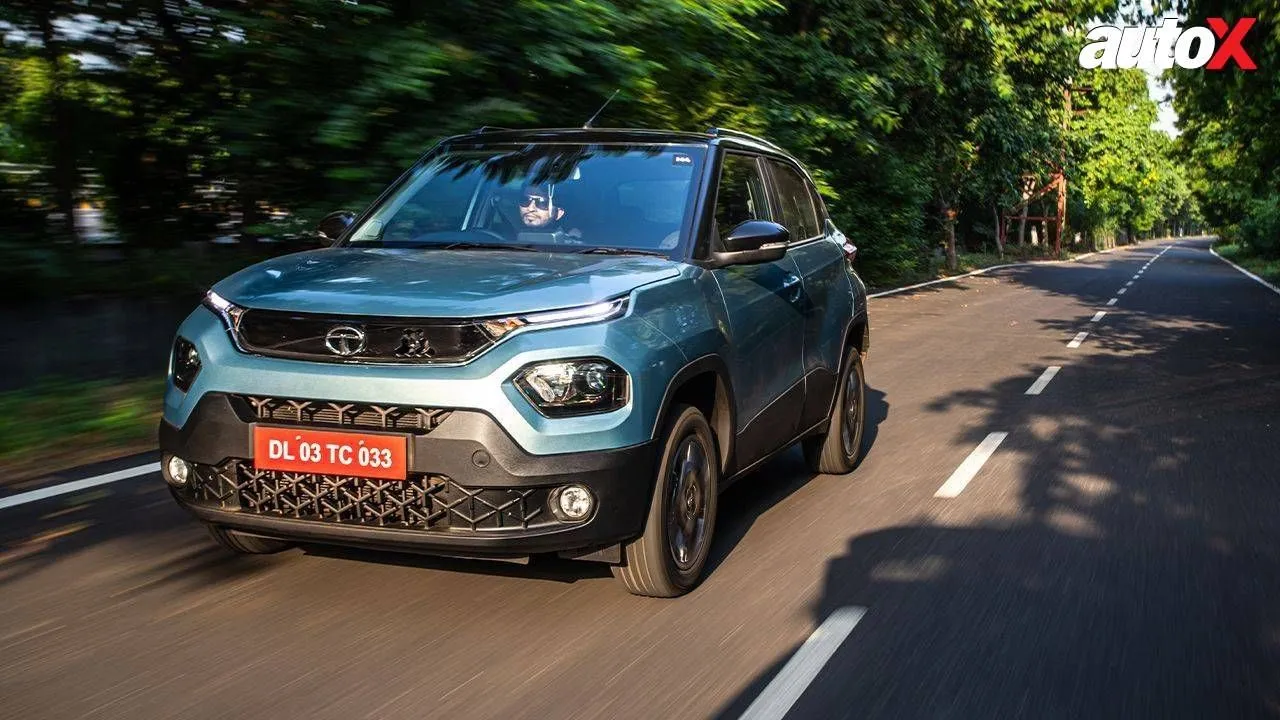

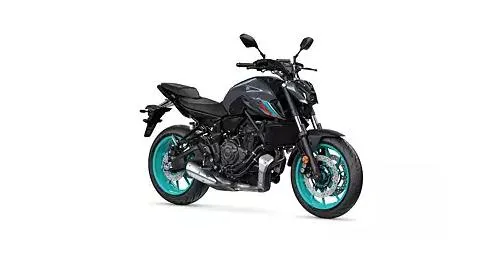

















Write your Comment on